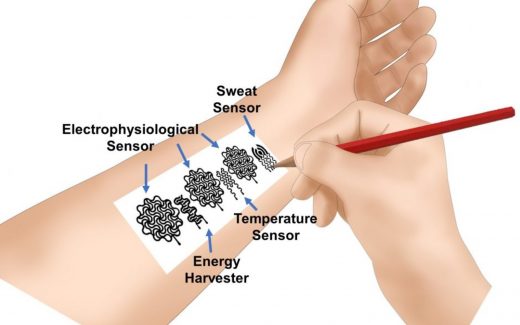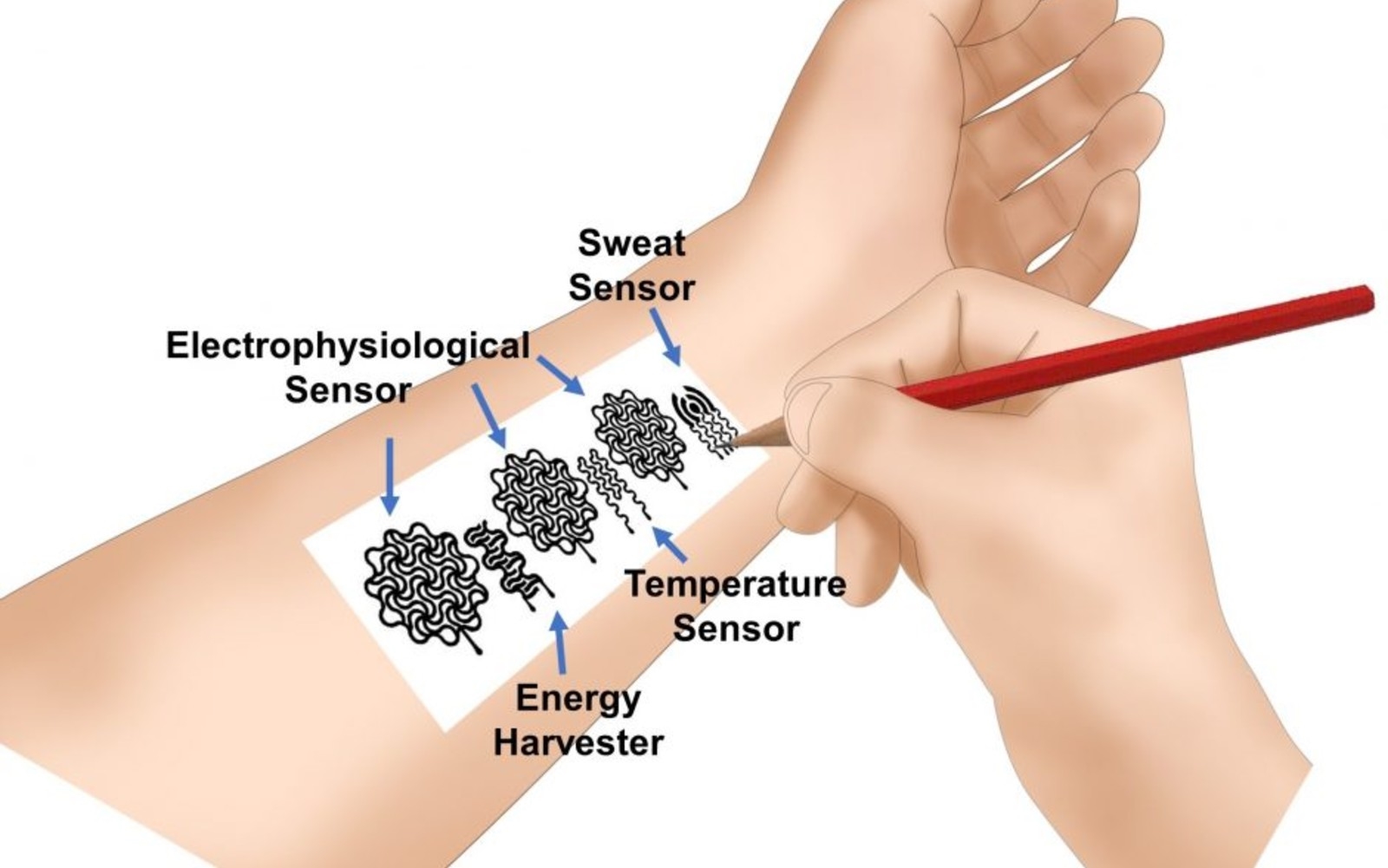Researchers made a medical wearable using a pencil and paper
Looking back at some of the most significant technologies humans have invented, the humble pencil is likely at the top of the list. For centuries, it has allowed people to record their thoughts and ideas and share them with the rest of the world. For its latest act, the pencil could also enable people to monitor their health. A team of researchers at the University of Missouri has published a study that details how they used the tool to create bioelectric monitoring wearables.
It turns out pencils with cores made from more than 90 percent graphite conduct a significant amount of energy when you use them to write on office supply paper. The graphite can double as a sensing electrode, while the paper provides a flexible supporting structure. The team found pencils with 93 percent graphite content worked the best.
Moreover, the fact they used paper doesn’t seem to have limited the type of wearables they could create. The team says there’s the potential to make devices that monitor things like a person’s temperature and glucose level. What’s more, the sensors can work in real-time and provide robust data.
The benefits of a pencil and paper-based health monitors are two-fold. The first is that the materials needed to create them are inexpensive and readily accessible. Unlike plastic and some of the other things we currently make medical wearables from, they also degrade quickly. The researchers see a future in which people use the technology to get personalized home care. It could also help with remote research, especially during a crisis like we see now with the coronavirus pandemic.
The usual caveats that accompany any recent research project apply here. It could be years before the team that invented the technology finds a way to commercialize it. They say their next step is to do more testing of the biomedical components.
(22)




